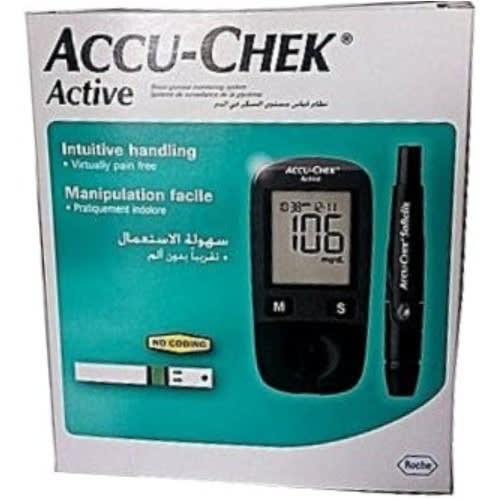

According to survey data provided to DiabetesMine by the diabetes research firm dQ&A, most PWDs do get their test strips through health insurance - 82 percent of people with type 1 diabetes, and 76 percent of those with type 2 to be exact.īut even with this coverage, test strips can often be very pricey.įor one thing, if you have a high deductible health plan, you still might need to pay over-the-counter prices for supplies (and, sadly, insulin) until you meet the deductible. Test strips are covered by most commercial insurers, as well as Medicare and Medicaid.

Still, the accuracy of results, along with ease of use and price of both the meter and strips, should factor into your decision when choosing a glucose meter, according to experts in the DTS’ Journal of Diabetes Science and Technology.Īre blood glucose test strips covered by insurance? Advocate Redi-Code+ from Diabetic Supply of Suncoast - 76 percent.Solus V2 from BioSense Medical - 76 percent.So, there’s a whole bunch of test strips and meters out there that are less accurate than they should be. Accu-Chek SmartView from Roche - 95 percent.FreeStyle Lite from Abbott - 96 percent.CVS/pharmacy Advanced from Agamatrix - 97 percent.Walmart ReliOn Confirm (Micro) from Arkray - 97 percent.

#Free accu chek test strips plus

Meters and strips are now an essential part of diabetes management for most PWDs. The meter can store that data for later review by the PWD and their doctor. Most meters produce a reading within seconds. To take a blood sugar reading, the user inserts the strip into the meter and applies a drop of blood, using the “lancet” needle to poke their finger. First developed in 1965 and used in doctors’ offices, meters and test strips started to become available for PWDs at home in 1980. Let’s start with the basics: Blood glucose meters and the test strips they require allow PWDs to measure and monitor their blood sugar levels at home and on the road. In fact, more than 38 percent of PWDs in the United States (and 33 percent around the world) have rationed blood glucose testing supplies, according to a 2018 survey by T1International.įor answers to questions about the high costs, comparative accuracy, and more, DiabetesMine took a deep dive into glucose meters and test strips. Research shows that about 27 percent of the costs we pay for diabetes-related expenses at pharmacies are for self-monitoring of blood sugar, including meters and test strips. While the high cost of insulin is getting most media attention these days, these other vital supplies are a big financial burden as well. What exactly do fingerstick tests tell us about diabetes management? How accurate are the results? And why are they so darned expensive? People must shell out a lot of money to use these essential tools and often have a lot of questions about the real value they’re getting. Share on Pinterest MICROGEN IMAGES/Getty ImagesĪlthough an increasing number of people with diabetes (PWDs) are now using continuous glucose monitors (CGMs) to track their blood sugar levels, most still rely on traditional fingerstick glucose meters and test strips.


 0 kommentar(er)
0 kommentar(er)
